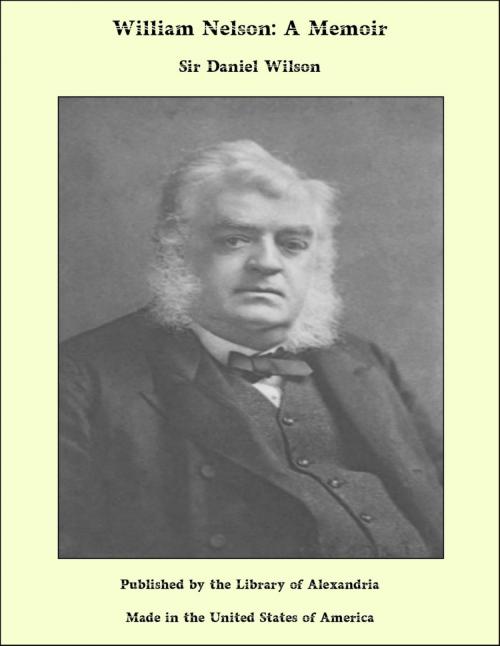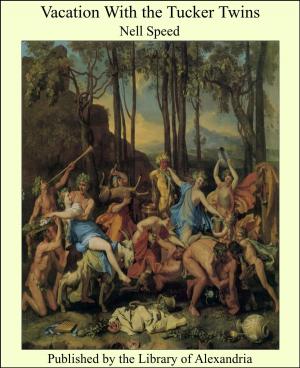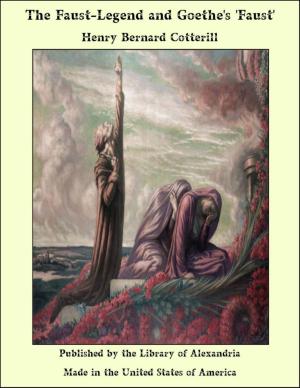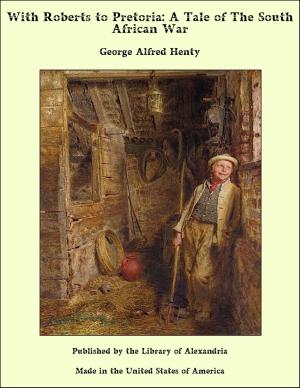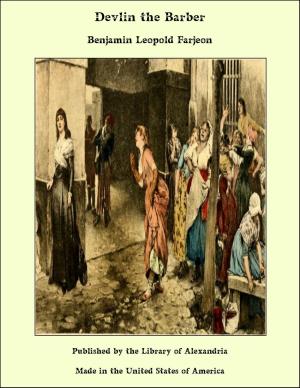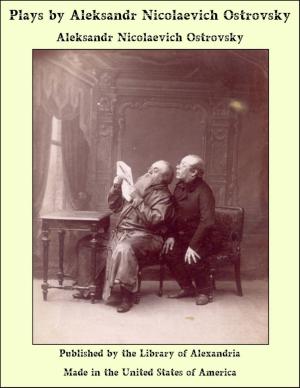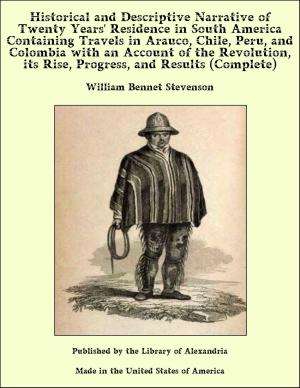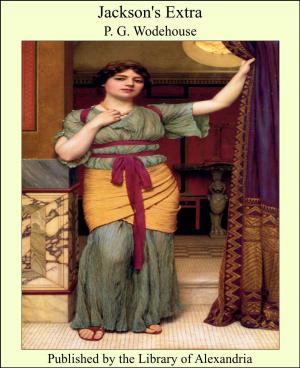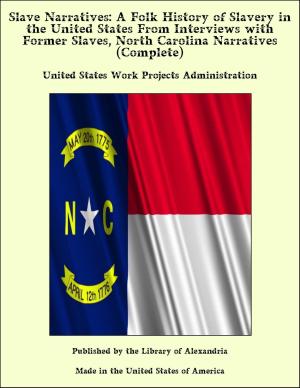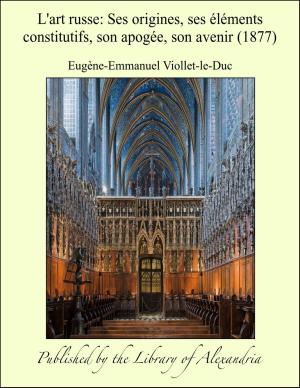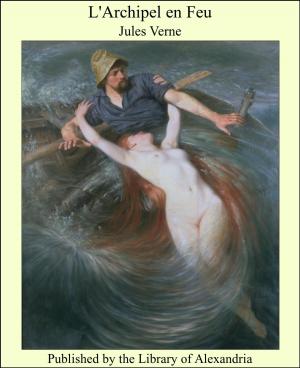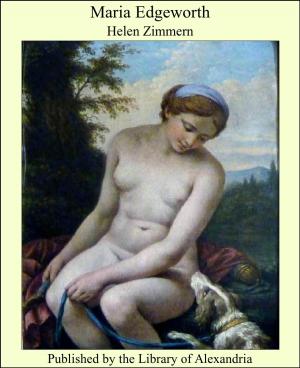William Nelson: A Memoir
Nonfiction, Religion & Spirituality, New Age, History, Fiction & Literature| Author: | Sir Daniel Wilson | ISBN: | 9781465608116 |
| Publisher: | Library of Alexandria | Publication: | March 8, 2015 |
| Imprint: | Language: | English |
| Author: | Sir Daniel Wilson |
| ISBN: | 9781465608116 |
| Publisher: | Library of Alexandria |
| Publication: | March 8, 2015 |
| Imprint: | |
| Language: | English |
IN the early years of the present century the Scottish capital retained many features of its ancient aspect still unchanged; but among all the old-world haunts surviving into modern times, the most notable, alike for its picturesque quaintness and its varied associations, was the avenue from the Grassmarket to the upper town. The West Bow, as this thoroughfare was called, derived its name from the ancient bow, or archway, which gave entrance to the little walled city before the civic area was extended by the Flodden wall of 1513. But the archway remained long after that date as the entrance to the upper town—the Temple Bar of Edinburgh—at which the ceremonial welcome of royal and distinguished visitors took place. The West Bow had accordingly been the scene of many a royal cavalcade of the Jameses and their queens; as well as of such representative men as Ben Jonson and his brother-poet Drummond of Hawthornden, of Laud, Montrose, Leslie, Cromwell, and Dundee. Among its quaint antique piles were the gabled Temple Lands, St. James’s Altar Land, and the timber-fronted lodging of Lord Ruthven, the ruthless leader in the tragedy when Lord Darnley’s minions assassinated Rizzio in Queen Mary’s chamber at Holyrood. There, too, remained till very recent years the haunted house of the prince of Scottish wizards, Major Weir; and near by the Clockmaker’s Land, noted to the last for the ingenious piece of workmanship of Paul Remieu, a Huguenot refugee of the time of Charles II. Nearly opposite was the dwelling of Provost Stewart, where, in the famous ’45, he entertained Prince Charles Edward, while Holyrood was for the last time the palace of the Stuarts. The alley which gave access to the old Jacobite provost’s dwelling bore in its last days the name of Donaldson’s Close; for here was the home of one of Edinburgh’s most prosperous typographers, James Donaldson, who bequeathed the fortune won by his craft to found the magnificent hospital which now rivals that of the royal goldsmith of James I. Such were some of the antique surroundings amid which the subject of the present memoir passed his youth, and which no doubt had their influence in developing an archæological taste, and that reverence for every historical feature of his native city, which bore good fruit in later years. But his more intimate associations were with the singularly picturesque timber-fronted dwelling at the head of the West Bow, with another fine elevation toward the Lawnmarket, which, till 1878, stood unchanged as when the Flodden king rode past on his way to the Borough Moor. A painting of the old house adorned the walls at Salisbury Green in later years; and when at last the venerable structure was demolished, some of its oaken timbers were secured by William Nelson and fashioned into antique furniture for himself and his friends. This picturesque building was the haunt of an old Edinburgh bookseller, the founder of the well-known printing and publishing house of Thomas Nelson and Sons.
IN the early years of the present century the Scottish capital retained many features of its ancient aspect still unchanged; but among all the old-world haunts surviving into modern times, the most notable, alike for its picturesque quaintness and its varied associations, was the avenue from the Grassmarket to the upper town. The West Bow, as this thoroughfare was called, derived its name from the ancient bow, or archway, which gave entrance to the little walled city before the civic area was extended by the Flodden wall of 1513. But the archway remained long after that date as the entrance to the upper town—the Temple Bar of Edinburgh—at which the ceremonial welcome of royal and distinguished visitors took place. The West Bow had accordingly been the scene of many a royal cavalcade of the Jameses and their queens; as well as of such representative men as Ben Jonson and his brother-poet Drummond of Hawthornden, of Laud, Montrose, Leslie, Cromwell, and Dundee. Among its quaint antique piles were the gabled Temple Lands, St. James’s Altar Land, and the timber-fronted lodging of Lord Ruthven, the ruthless leader in the tragedy when Lord Darnley’s minions assassinated Rizzio in Queen Mary’s chamber at Holyrood. There, too, remained till very recent years the haunted house of the prince of Scottish wizards, Major Weir; and near by the Clockmaker’s Land, noted to the last for the ingenious piece of workmanship of Paul Remieu, a Huguenot refugee of the time of Charles II. Nearly opposite was the dwelling of Provost Stewart, where, in the famous ’45, he entertained Prince Charles Edward, while Holyrood was for the last time the palace of the Stuarts. The alley which gave access to the old Jacobite provost’s dwelling bore in its last days the name of Donaldson’s Close; for here was the home of one of Edinburgh’s most prosperous typographers, James Donaldson, who bequeathed the fortune won by his craft to found the magnificent hospital which now rivals that of the royal goldsmith of James I. Such were some of the antique surroundings amid which the subject of the present memoir passed his youth, and which no doubt had their influence in developing an archæological taste, and that reverence for every historical feature of his native city, which bore good fruit in later years. But his more intimate associations were with the singularly picturesque timber-fronted dwelling at the head of the West Bow, with another fine elevation toward the Lawnmarket, which, till 1878, stood unchanged as when the Flodden king rode past on his way to the Borough Moor. A painting of the old house adorned the walls at Salisbury Green in later years; and when at last the venerable structure was demolished, some of its oaken timbers were secured by William Nelson and fashioned into antique furniture for himself and his friends. This picturesque building was the haunt of an old Edinburgh bookseller, the founder of the well-known printing and publishing house of Thomas Nelson and Sons.
